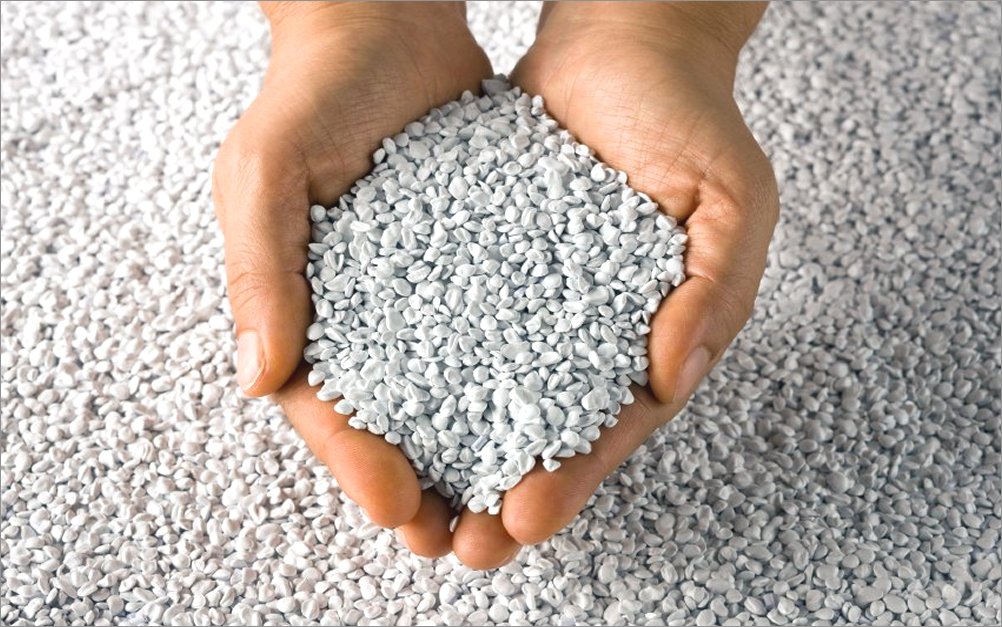Reuse Plastic Waste
For more information on this product
you can also email us at sales@veltkamp.pro
Veltkamp is a manufacturer of plastic products and has been using about 80% recycled granulate in its production processes for about 30 years.
The preferred materials here are bottle caps, click bins and especially car bumpers.
Nowadays, however, everyone wants products made from recycled material, in order to present themselves as environmentally friendly.
As a result, in the EU, consumption has increased dramatically, availability has decreased sharply and prices have risen sharply.
Plastic is not only inexpensive, safe, lightweight and can be used for a huge number of applications, but it is also extremely recyclable and environmentally friendly.
Of course, waste disposal is of great importance here, as for so many materials. Problems arise from litter and from dumping waste into open water and seas, as is still done in many southern countries.
Obviously, it is very important that there is also a constant supply of this recyclate. In practice, this is not always the case. Shiploads of recyclate are regularly sold en route to a European port and sailed off to China, among other countries.
The availability of suitable recyclate in a constant flow is therefore increasingly limited.
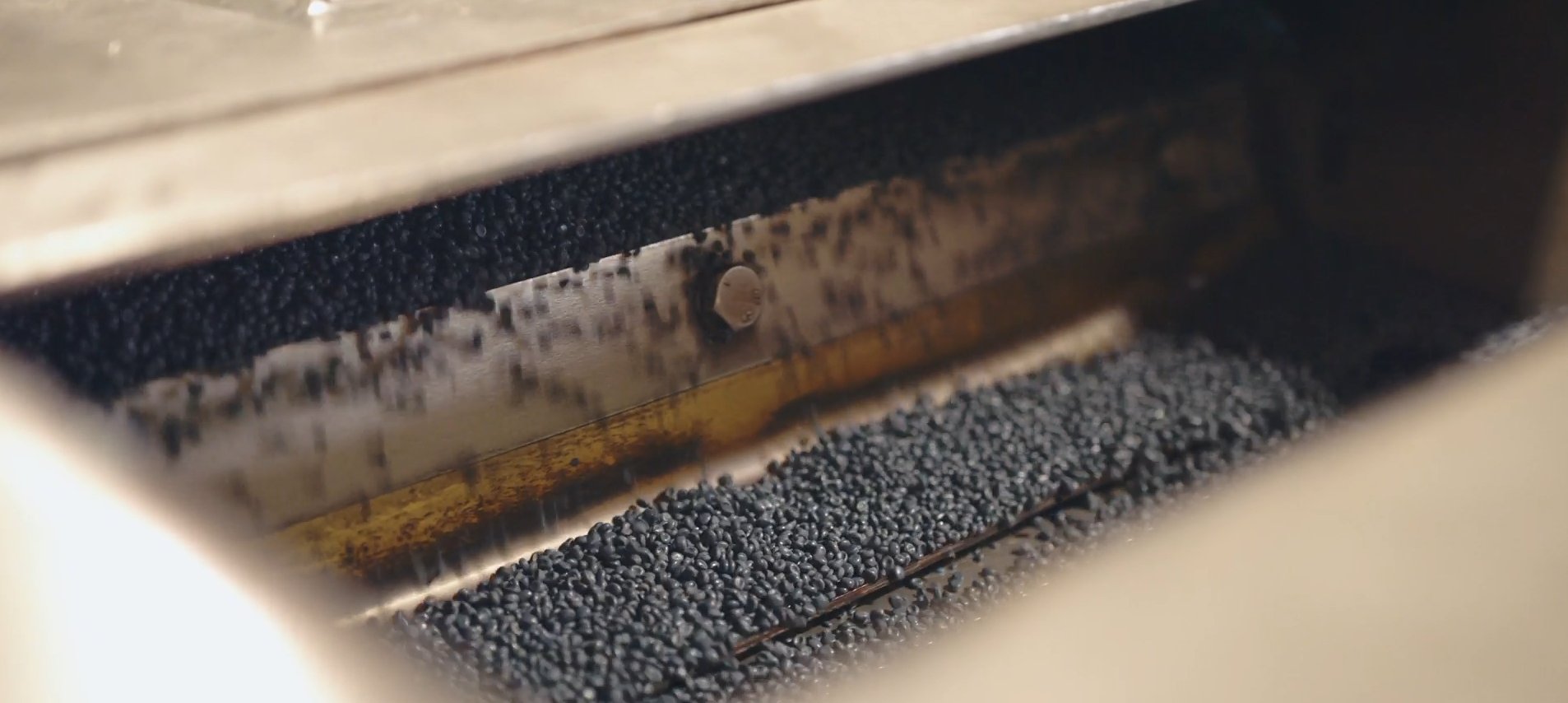
The price depends mainly on availability. It also depends on the increasing demand on the world market for environmentally friendly production. As a result, recyclate is sometimes even more expensive than new material.
Therefore, contrary to all advertisements, it is not always easy to produce more environmentally friendly with recyclate. It even happens that products are promoted as environmentally friendly, but due to lack of availability and price effect, a mix of new material and recyclate is used.
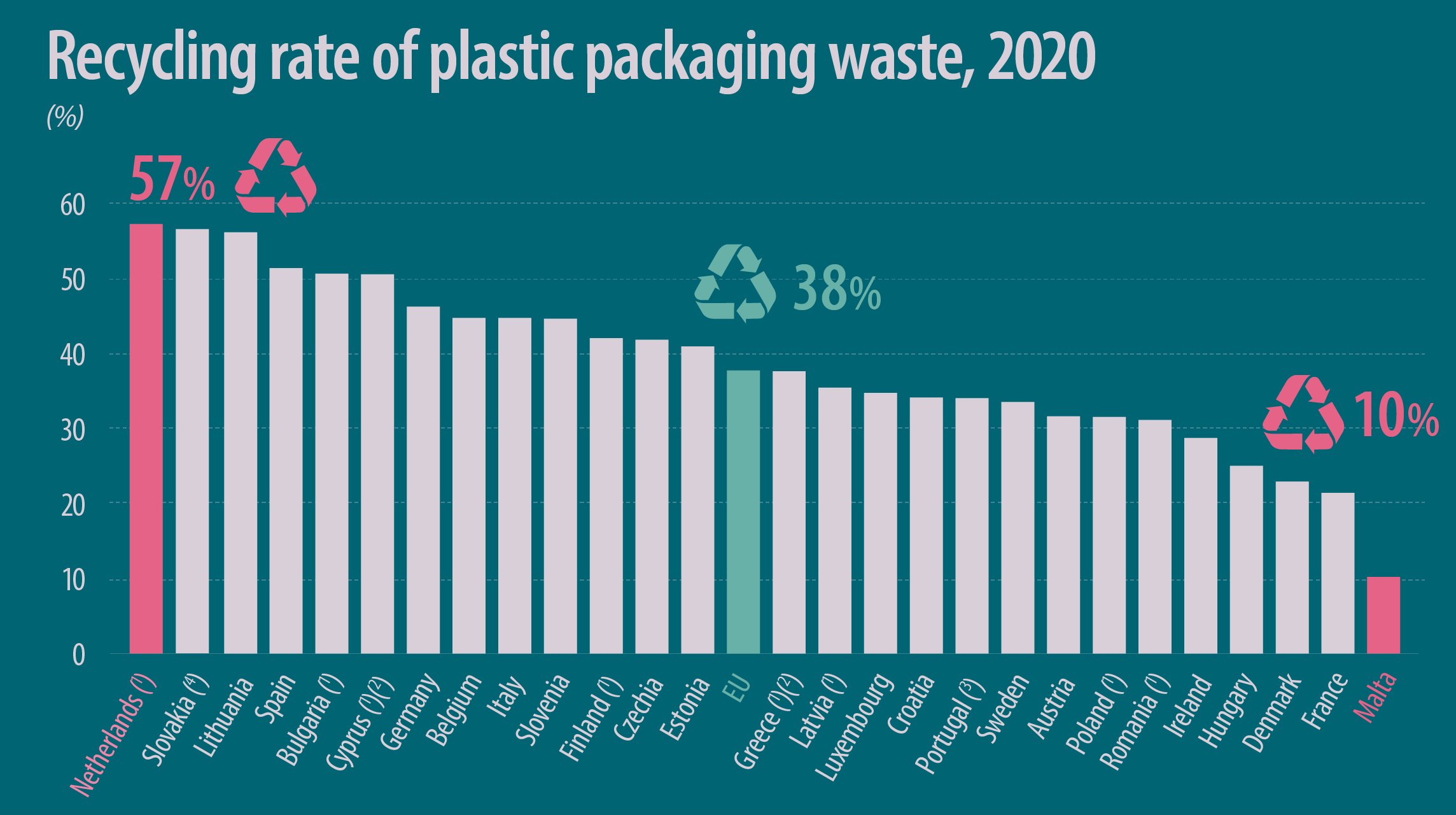
Veltkamp is ISO 14001 certified. This is the international standard for an environmental management system based on an appropriate environmental policy.
Veltkamp uses engineering plastics for the production of plastic products.
In addition, recycled plastic waste, or recyclate, is used for the most part.
Recyclate is made from plastic household, industrial and ocean waste. For example, old bottle caps, household garbage cans, diaper plastic, car bumpers, etc.
Availability depends on the quality of collection of this waste in a country.
Western European countries, including the Netherlands, mainly use recycling and composting of this waste. In addition, some is burned for district heating or electricity generation.
In Southern and Eastern Europe, on the other hand, most of the waste is landfilled. Only a very small portion is incinerated or otherwise processed.
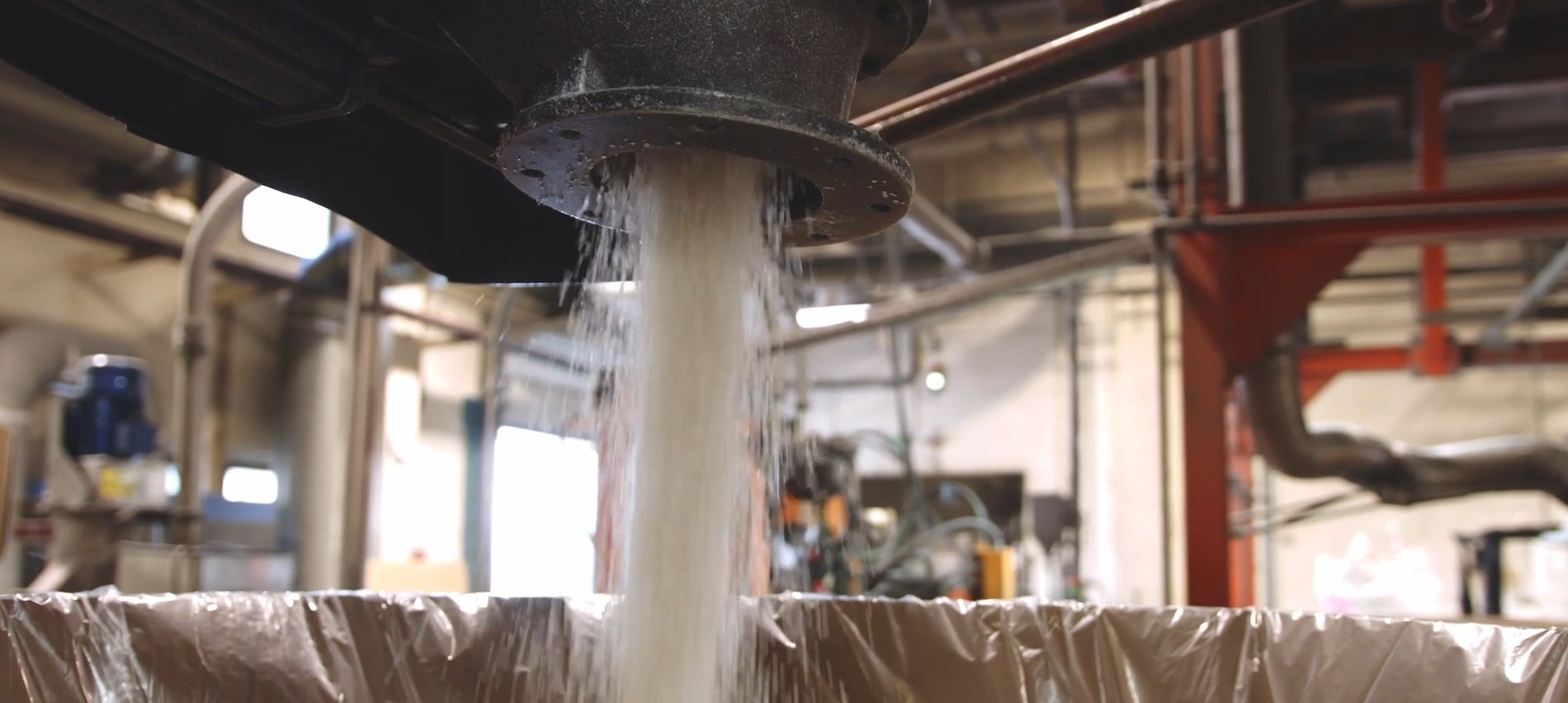
Bioplastics are artificial polymers made from PLA (polylactic acid). PLA is produced from starch using a chemical process. However, this does not mean that the plastic itself is biological and therefore does not mean that the plastic is biodegradable. These bioplastics are compostable under certain industrial conditions. However, this requires a high energy consumption to be able to break down the molecular chains.
The percentage of added filler can vary considerably and this often has an adverse effect on the mechanical properties of the plastic.
Some fillers should also not be left outside or in a humid environment for too long. For example, with wood, the weight increases disproportionately.
Developments are also underway in which fillings are added to both synthetic and bioplastics. A disadvantage here is the CO2 emissions caused by the transport movements of the filler and the plastics to the mixing location. There, the plastics are melted again and then granulated. This not only costs a lot of energy, but the substances can no longer decompose.
At the end of life cycle, these plastics can only be burned in their entirety. This while a pure plastic can be recycled again.
The Bioplastics are intended to replace disposable packaging. However, the material is not degradable in nature, but must be processed in special composting installations.
Plastics remain plastics and do not belong in nature. Plastics that eventually decompose are micro plastics that can no longer be extracted from nature using current technologies.
Bioplastics are also considerably more expensive. As a result, the final product costs are currently still too expensive for many consumers.
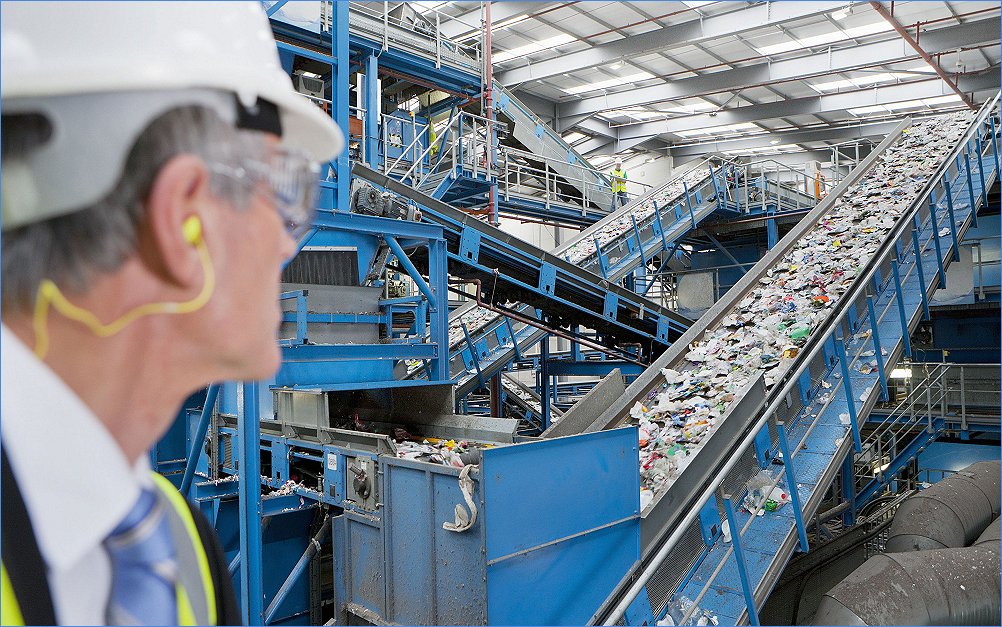
The European Commission has determined that bioplastics are important in limiting climate change, partly because of their lower CO2 footprint.
A greater share of bio-based products could complement recyclates, and thus also contribute to reducing greenhouse gas emissions.
Bioplastics have a CO2 footprint that can be 50 to 80% less than that of virgin plastics.
With recyclate, the footprint is virtually zero.
In 2019, the Plastic Pact between the Dutch government and industry was agreed upon, to make the switch to plastics from sustainably produced biobased raw materials. Not to solve the plastics soup, but to reduce dependence on fossil raw materials and thus contribute to the climate goals.
A major problem for waste processors, however, is that bioplastics complicate the recycling of ordinary plastics. In practice, consumers deliver a mix of all types of plastics, both standard plastics and bioplastics. This disrupts the composting process.
Many composters therefore remove all types of plastics as much as possible, including those that would break down.
